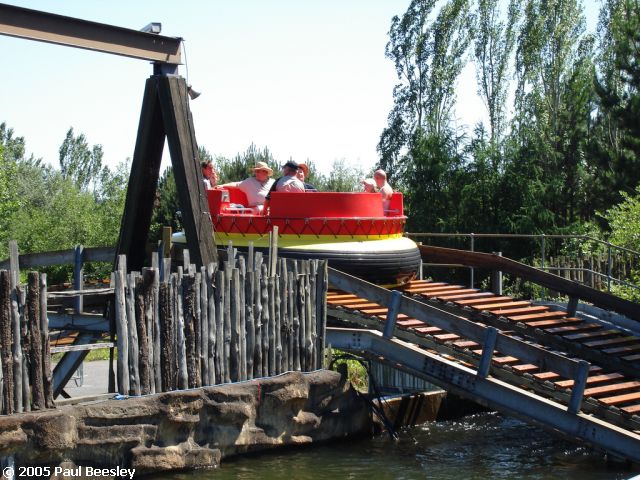I happen to have an idea that might solve this problem - treat it like a normal lift hill - have the piece before it act like a block brake and the rapids cannot go up until a certain condition is met (user decides condition, and they should not have to determine it right away - this could also fix similar issues with the Log Flume and Splash Boats).

 They are several issues, not just z-index ordering, on the lifting track:
They are several issues, not just z-index ordering, on the lifting track:



 But in the game on the border we see it round and the shadows suggest cylinders, supporting your hypothesis on rolling cylinders.
A rolling cylinder lifting system in reality should cost more at construction and upkeep and should be less safe (but rides have not always been made by engineers and safety is not always the priority of parks).
But in the game on the border we see it round and the shadows suggest cylinders, supporting your hypothesis on rolling cylinders.
A rolling cylinder lifting system in reality should cost more at construction and upkeep and should be less safe (but rides have not always been made by engineers and safety is not always the priority of parks).

Not just on Slopes, but also on corners.